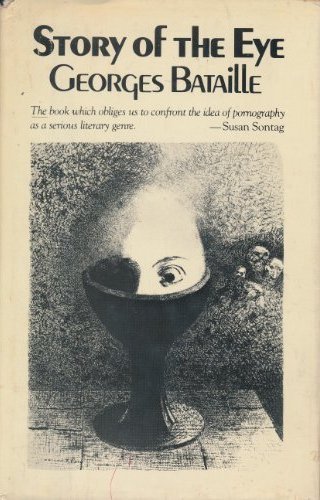Venus as a Boy was released as the second single from her 1993 album Debut (1993). The song was written by Björk and was produced by Nellee Hooper, who produced the majority of her debut album. The single was released in August 1993, a month after the release of the album. The song was inspired by a boy who saw everything from a “beauty point of view”.
It was one of the last tracks to be recorded for the album. The song was inspired by a “specific person” but Björk never revealed who it was. Although, it is supposed that this specific person is Dominic Thrupp (also known as Dom T.) with whom Björk had a relationship at the time of writing. Moreover, the song talks about a boy who saw everything from a “beauty point of view, and not superficial beauty but the beauty of brushing your teeth and the beauty of waking up in the morning in the right beat and the beauty of having a conversation with a person.” as revealed by the singer.

The accompanying music video was directed by the British music video director Sophie Muller. The clip shows Björk in a kitchen while she’s cooking some eggs and was inspired by the singer’s favorite book Story of the Eye, a 1928 novella by Georges Bataille that details the increasingly bizarre sexual perversions of a pair of teenage lovers. It is narrated by the young man looking back on his exploits. In one point of the book, a girl, Simone, uses boiled eggs for sexual stimulation.


The story of the egg comes as Björk explains:
“ She [Sophie Muller] kept going on about it being fried. I was saying, ‘No way is that book about a fried egg! I’m sorry. Poached? Okay. Boiled? Okay. Raw? Okay. But not fried.’ [And a fried egg is unsuitable because……?] Because it’s too hard. It’s rough and it’s greasy. It should be about being sort of liquidy and wet and soft and open… ”
She gave Muller a copy of Story of the Eye a couple of days before they filmed but didn’t insist that she read it. Muller didn’t have the time. After recording the video and then reading the book, Muller admitted to Björk that “Fried was the wrong egg!”
Much of the cutlery featured in the music video came from Björk’s house.
Björk described the composition of the song in an interview with David Hemingway:
“I think I wrote it in my living room in Iceland and sang it into my dictaphone. Later, by accident, we were going through sounds and I found this broken bottle sound. It wasn’t intentional but it sounded great. It was one of the last songs recorded for Debut – the album was ready to go. Sometimes the more unpredictable side of me does several headstands and flicks-flacks once the album has been delivered and the best song come out.”
The movie Léon (Luc Besson, 1994) features the song in a wordless series of scenes between the two main characters.
Photos by Jean-Baptiste Mondino on Genealogy of Style’s Facebook page:
https://www.facebook.com/media/set/?set=a.617458368342940.1073741832.597542157001228&type=1&l=e7c3558a86
 André Breton, Joseph Cornell, 1966
André Breton, Joseph Cornell, 1966




